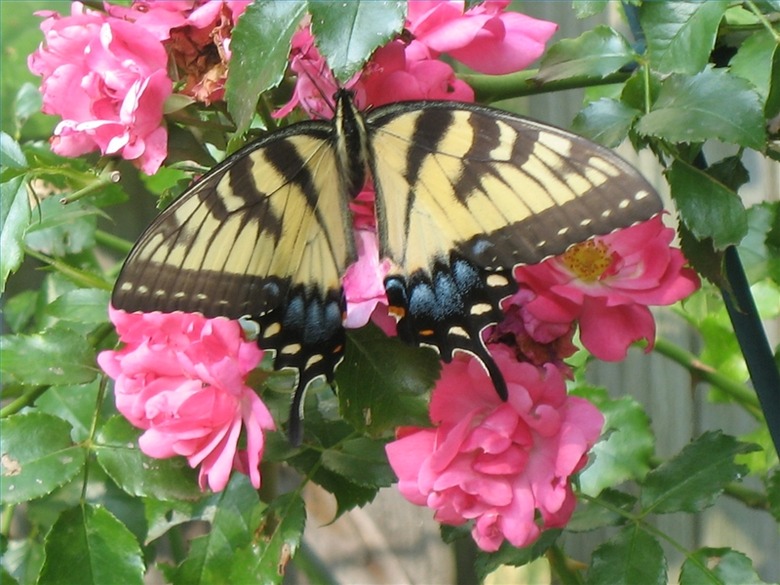Types Of Pollination
Pollination is the means by which most plants reproduce. This process involves moving pollen, which contains a plant's DNA and thus its genetic information, from the anther of a flower to the stamen in a different part of the flower. Pollination in plants is analogous to sexual reproduction in animals, with the anther being the "male" part of the plant and the stamen being the "female" part. The ultimate result is the production of fruit, which contains seeds that eventually disperse and contain the genetic information for another generation of plants.
Pollination can occur within a plant, which is self-pollination, or between different plants, which is known as cross-pollination. A variety of elements in the environment can take part in allowing plants to be pollinated.
Agents of Pollination
Agents of Pollination
Pollination happens in two general forms: It can be either abiotic, or occurring with the aid of nonliving sources; or biotic, which involves the help of animals. Biotic pollination is the more common of the two types of pollination, and the animals that help broker the process are called, aptly enough, pollinators.
Most animal pollinators are insects of some sort, and the chief abiotic pollinators are wind and water.
Insect Pollination
Insect Pollination
Bees are perhaps the most easily recognized insect pollinators. The plants contain nectar, which is a staple in the bee diet, so this is an instance of biological symbiosis: The bees do the plants a service, and the plants in turn do the bees a service. This type of pollination is called hymenopterophily.
Beetles, flies, moths and butterflies, and ants can also serve as pollination vectors. Pollination by ants is called myrmecophily.
Other Animal Pollination
Other Animal Pollination
Birds and bats are among the leading non-insect animal pollinators. Birds are primarily attracted to bright red or yellow flowers, while bats, which are blind and hence obviously unable to distinguish colors, use their echolocation to home in on large, ball-shaped flowers. These two types of pollination are called ornithophily and chiropterophily respectively.
Humans can sometimes serve as pollinators, albeit usually by accident.
Wind and Water Pollination
Wind and Water Pollination
So far the focus has rested on flowering plants, but pollinating plants can be divided into two types: those sporting cones, or gynmosperms, and those that have flowers, or angiosperms. Wind can serve as a pollinator for both types; in fact, gymnosperms rely almost exclusively on wind for pollination because of the sheer sizes involved (i.e., the pollen sacs are too large for insects or birds to move). Moving water can serve as a far less common but still non-negligible pollination vector.
Cite This Article
MLA
Beck, Kevin. "Types Of Pollination" sciencing.com, https://www.sciencing.com/types-pollination-5461099/. 25 July 2018.
APA
Beck, Kevin. (2018, July 25). Types Of Pollination. sciencing.com. Retrieved from https://www.sciencing.com/types-pollination-5461099/
Chicago
Beck, Kevin. Types Of Pollination last modified August 30, 2022. https://www.sciencing.com/types-pollination-5461099/
